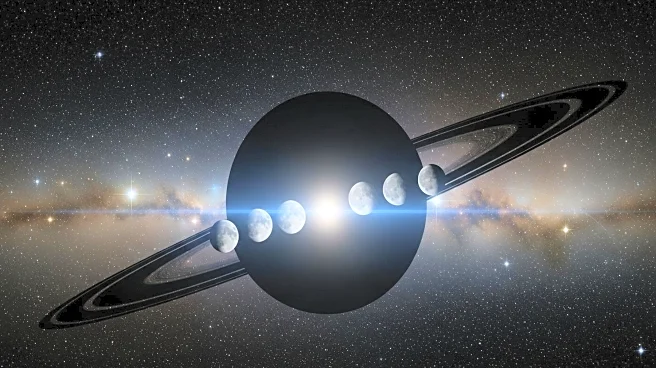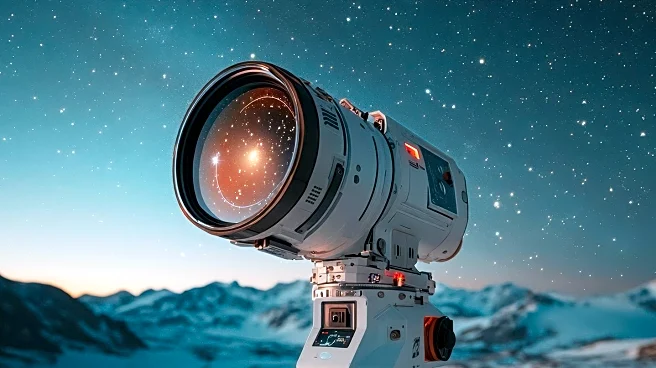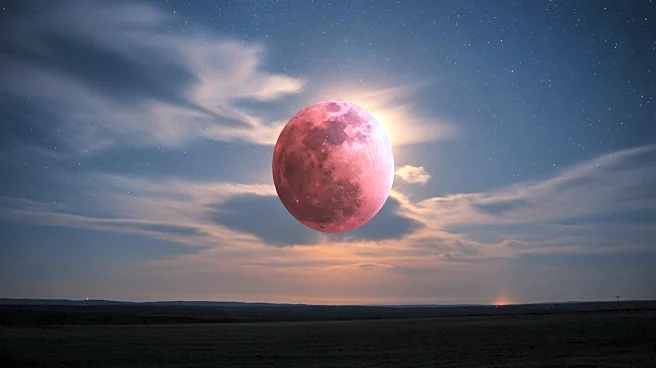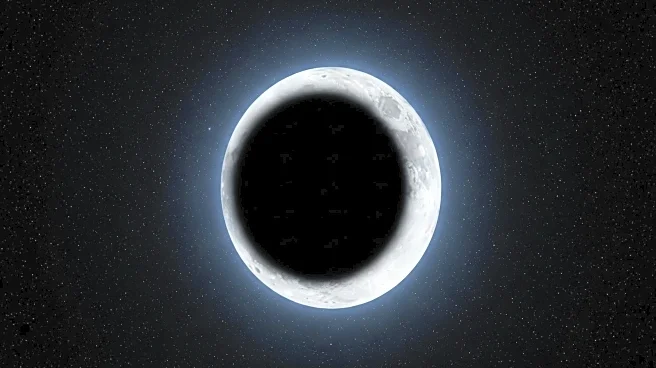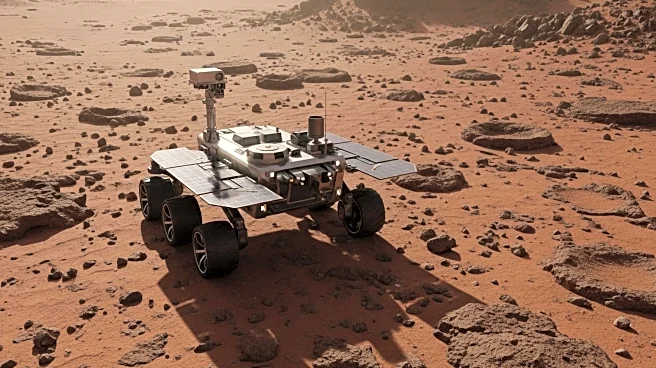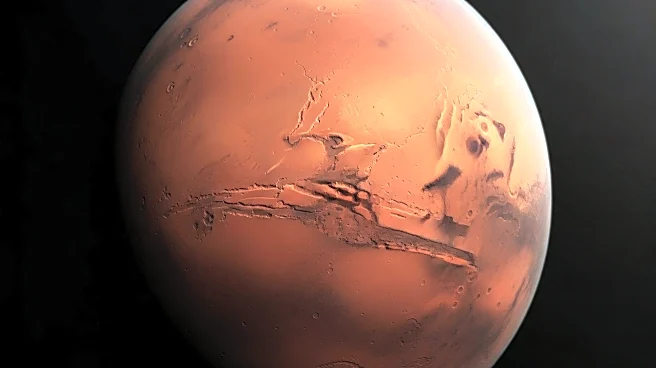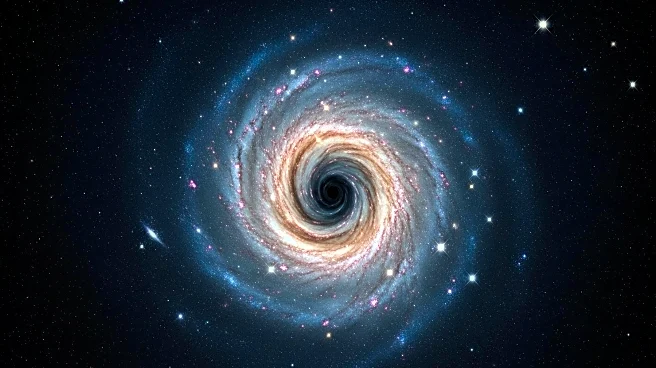What's Happening?
On August 29, Saturn's moons will align, providing a unique viewing opportunity for astronomers. Saturn, visible in southwestern Pisces, will rise at 10 P.M. local daylight time and reach its highest point around 2:30 A.M. Several of its moons, including Titan, Rhea, Dione, Tethys, and Iapetus, will be visible near the planet. Iapetus, at its brightest due to its icy hemisphere facing Earth, will be particularly notable. The alignment offers a chance to observe Saturn's rings, spanning 43.5" and tilted at 2°, through a telescope.
Why It's Important?
The alignment of Saturn's moons provides a rare opportunity for astronomers and enthusiasts to observe the dynamics of Saturn's satellite system. This event highlights the intricate gravitational interactions between Saturn and its moons, offering insights into their orbital mechanics. Observing such alignments can enhance understanding of planetary systems, contributing to research in celestial mechanics and the study of ringed planets. The visibility of Iapetus at its brightest allows for detailed observation, potentially aiding in the study of its surface composition and reflective properties.
What's Next?
Astronomers may use this alignment to conduct detailed studies of Saturn's moons, focusing on their orbital paths and interactions. The event could lead to increased interest in Saturn, prompting further research and observation campaigns. Future alignments may be anticipated, allowing for planned observations and data collection to enhance understanding of Saturn's system.
Beyond the Headlines
The alignment of Saturn's moons offers a chance to reflect on the cultural and historical significance of planetary observation. Such events have inspired myths and scientific inquiry throughout history, highlighting humanity's fascination with the cosmos. The study of Saturn and its moons can also inform discussions on the potential for life in other planetary systems, as understanding the conditions on these moons may offer clues about habitability.
